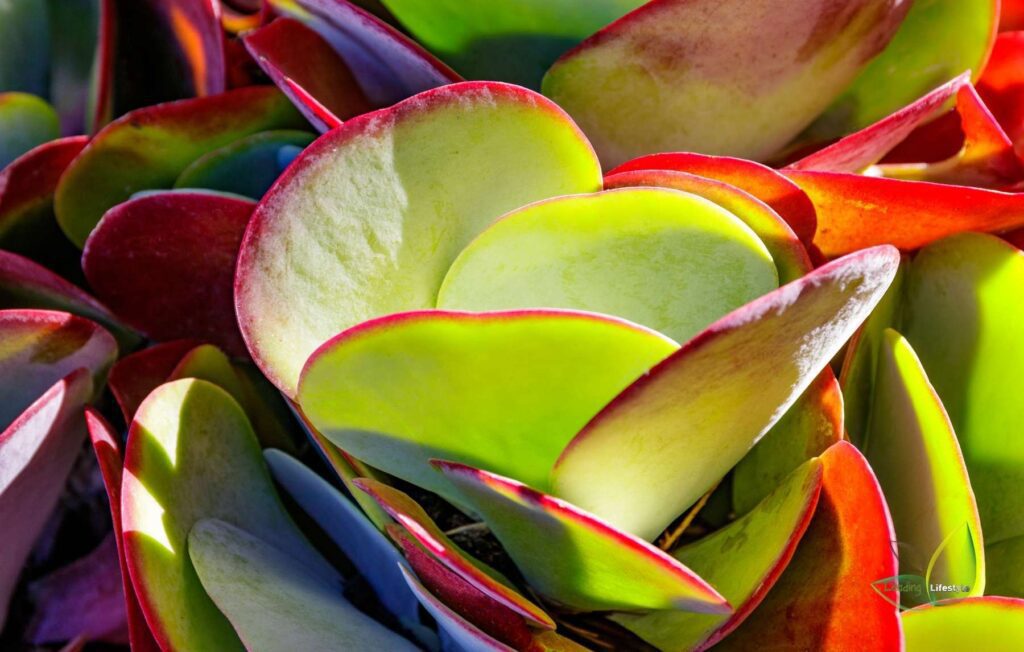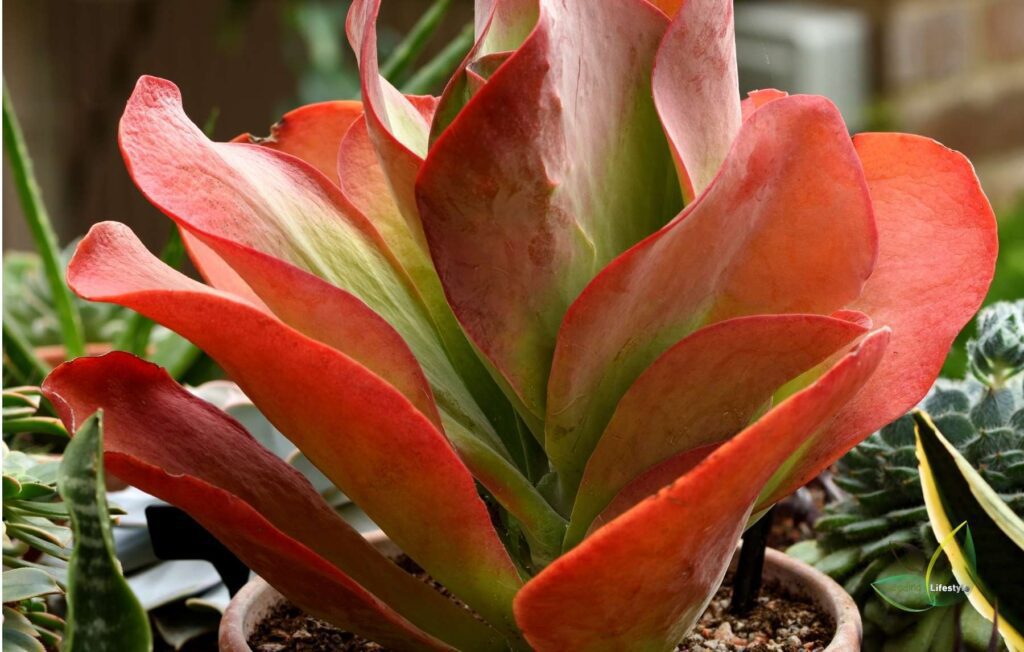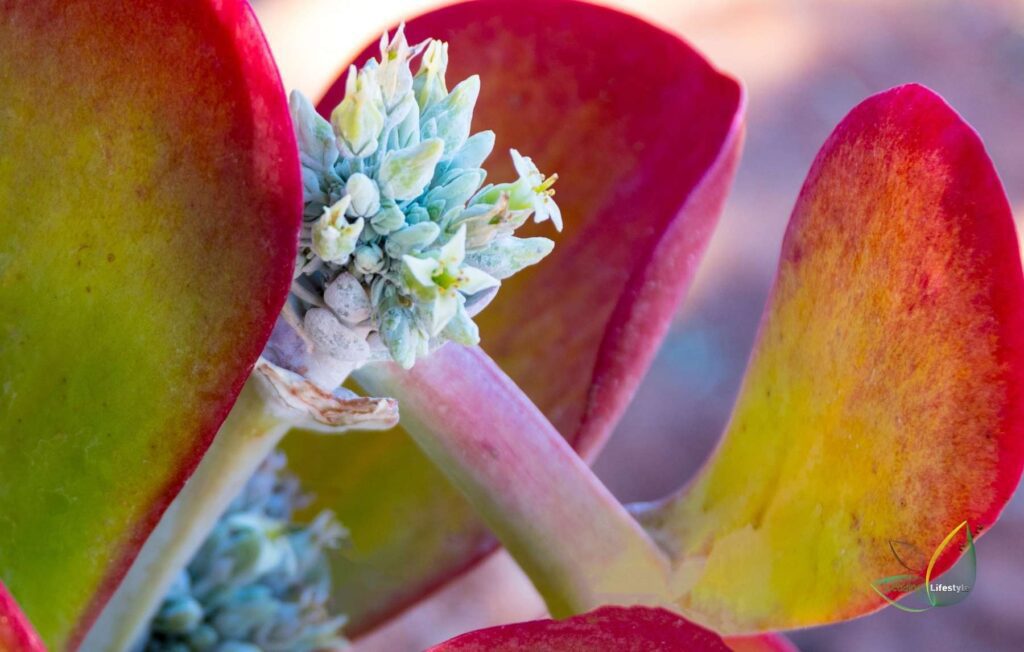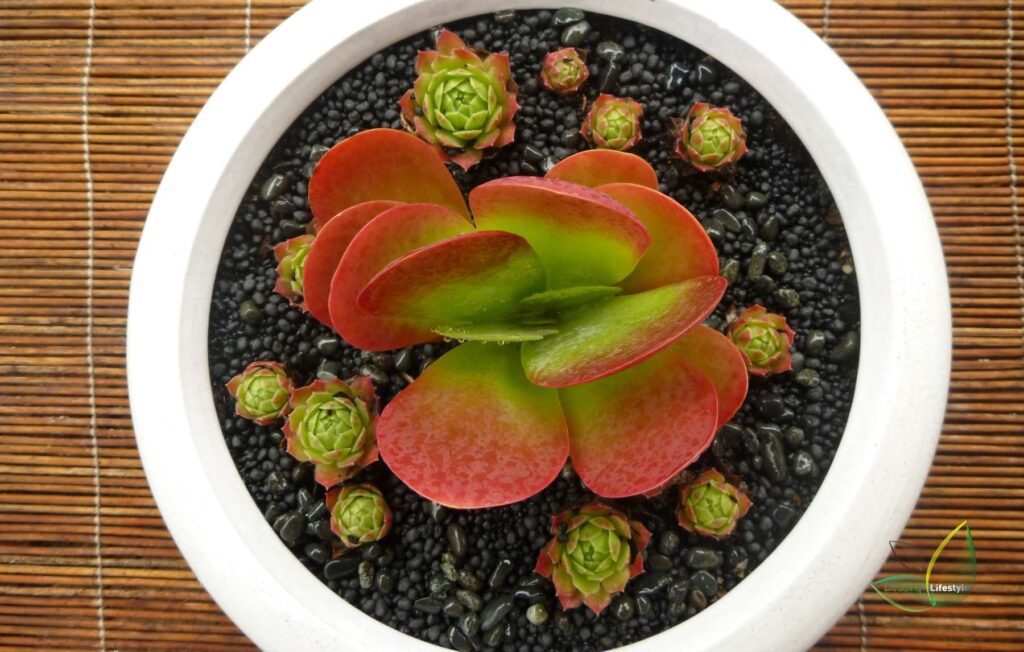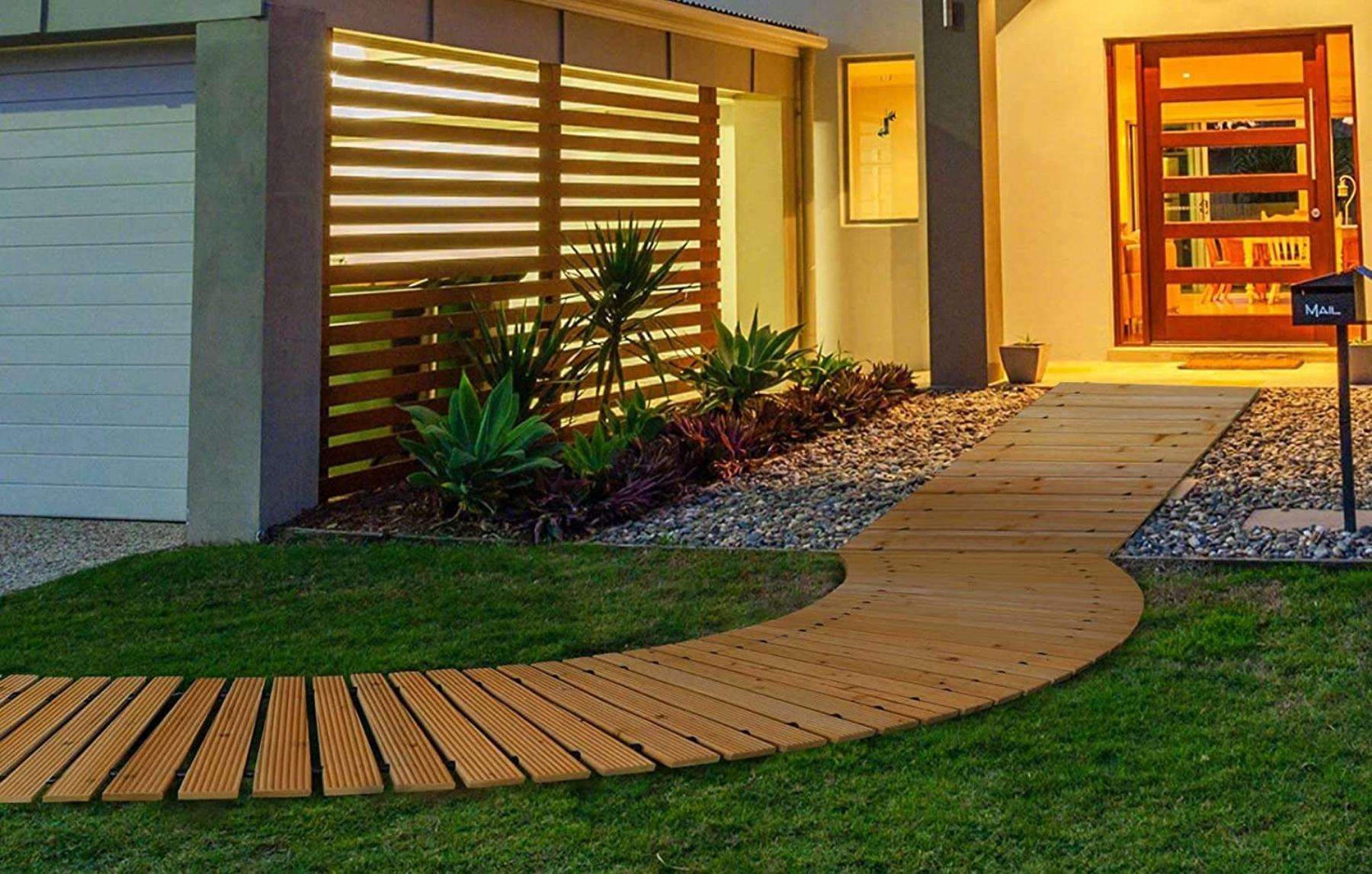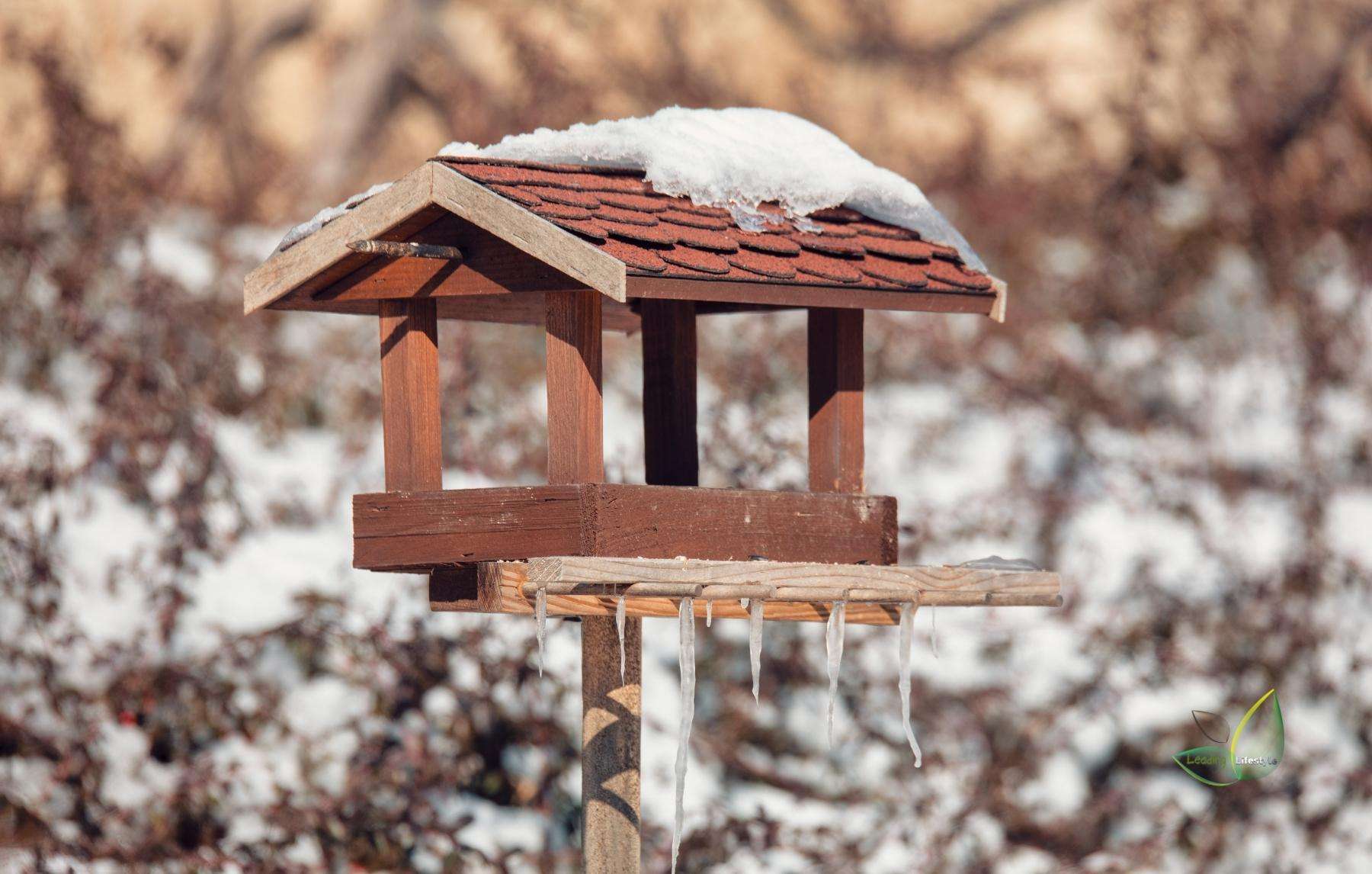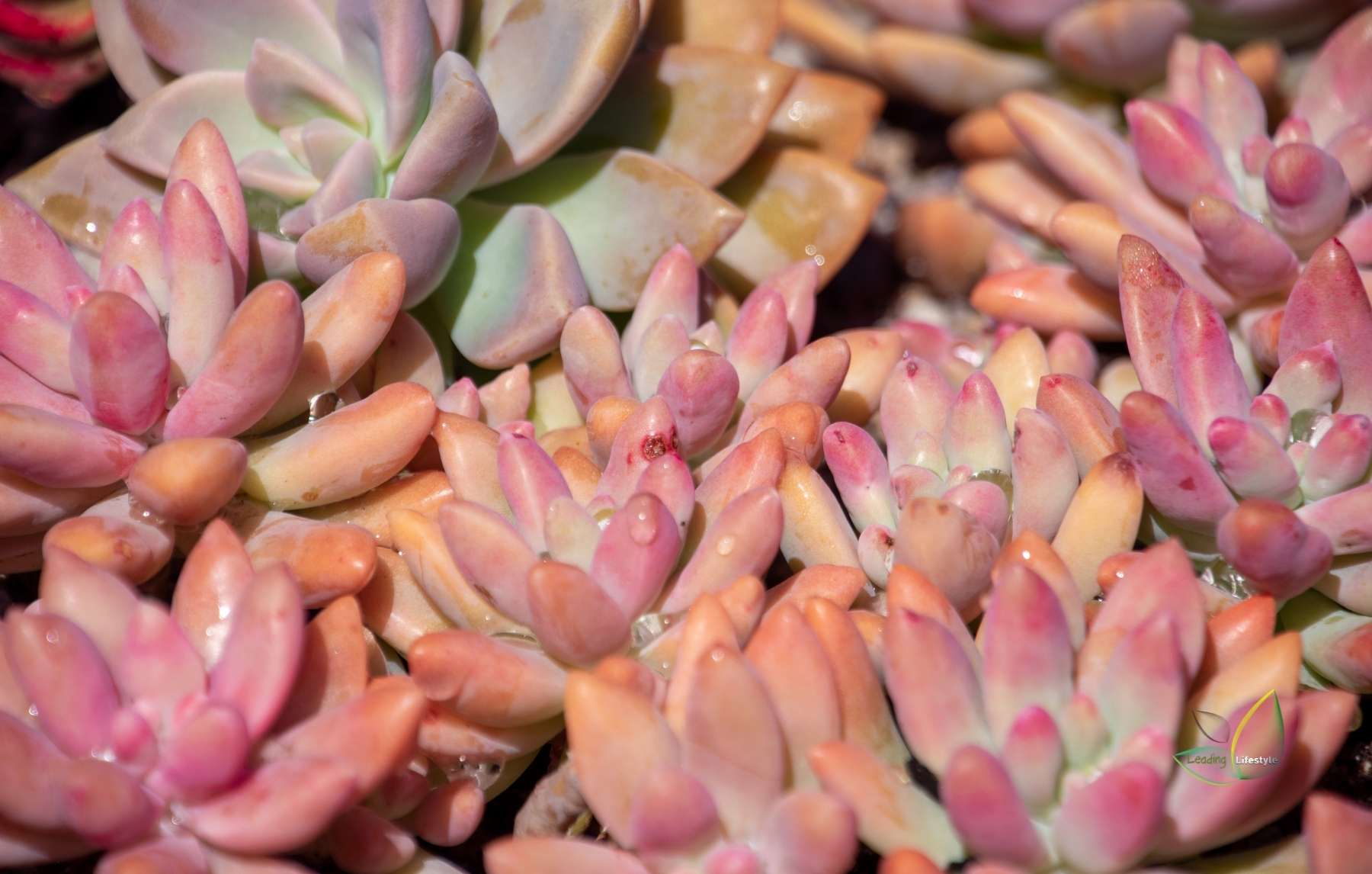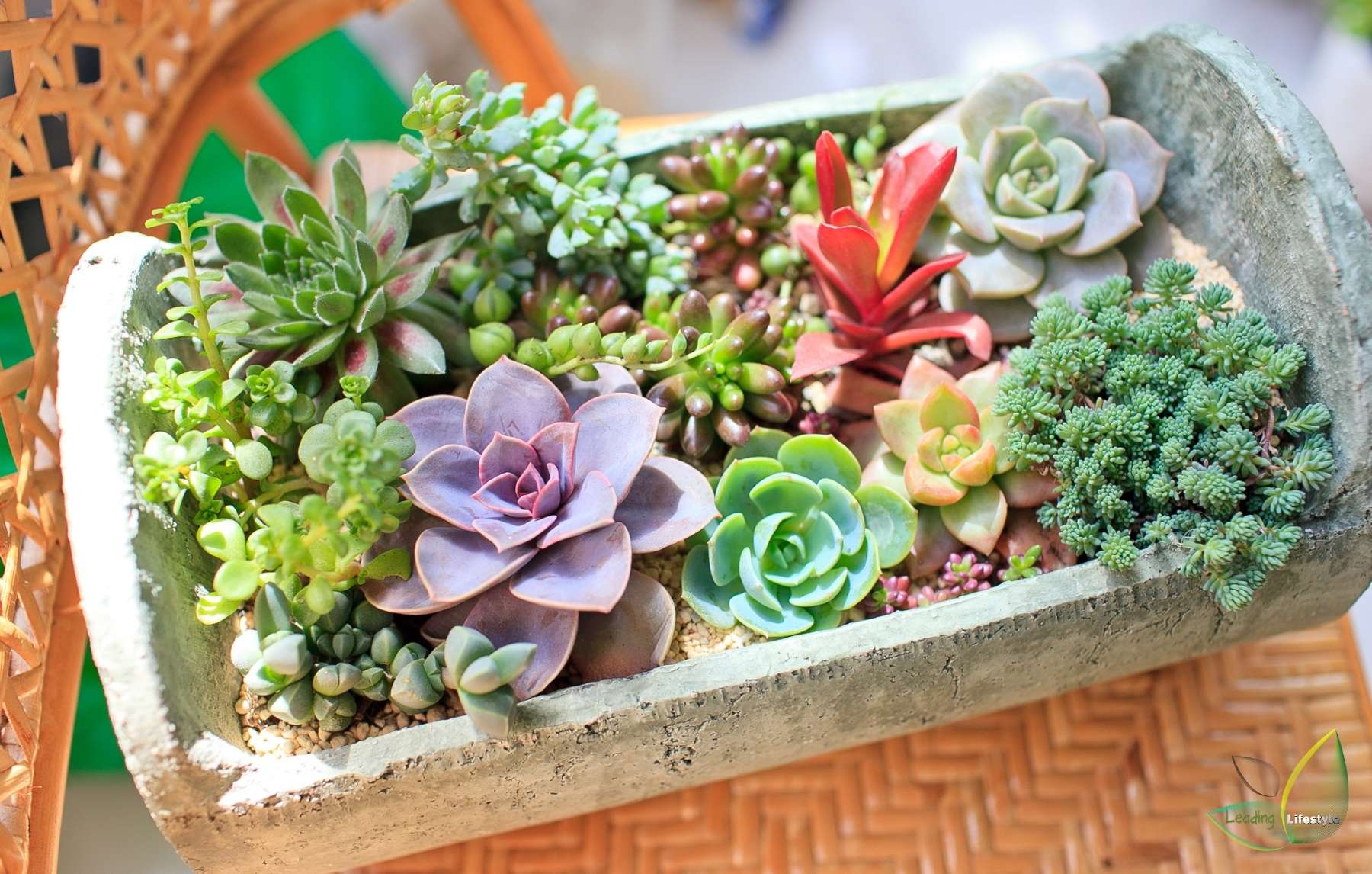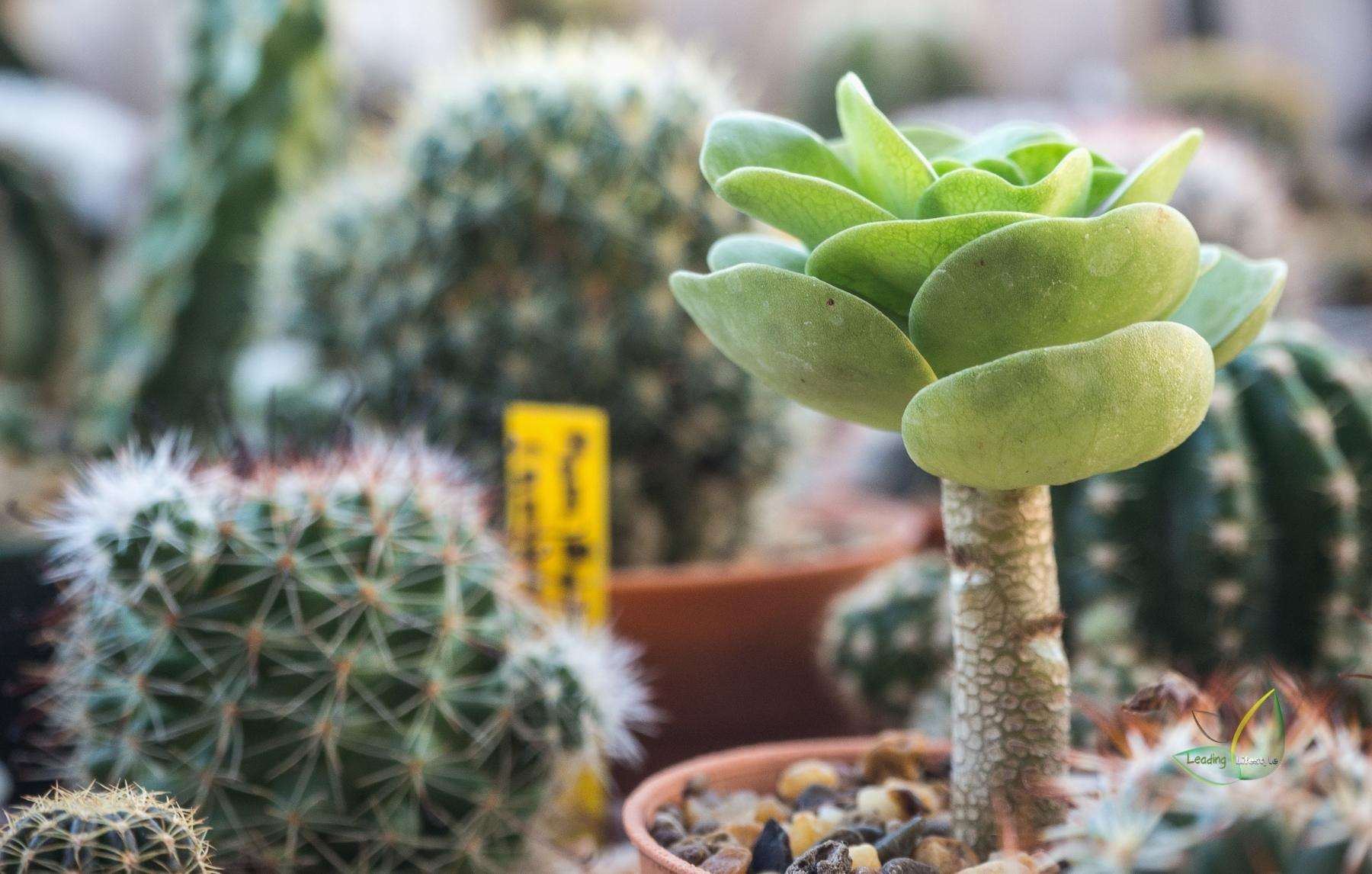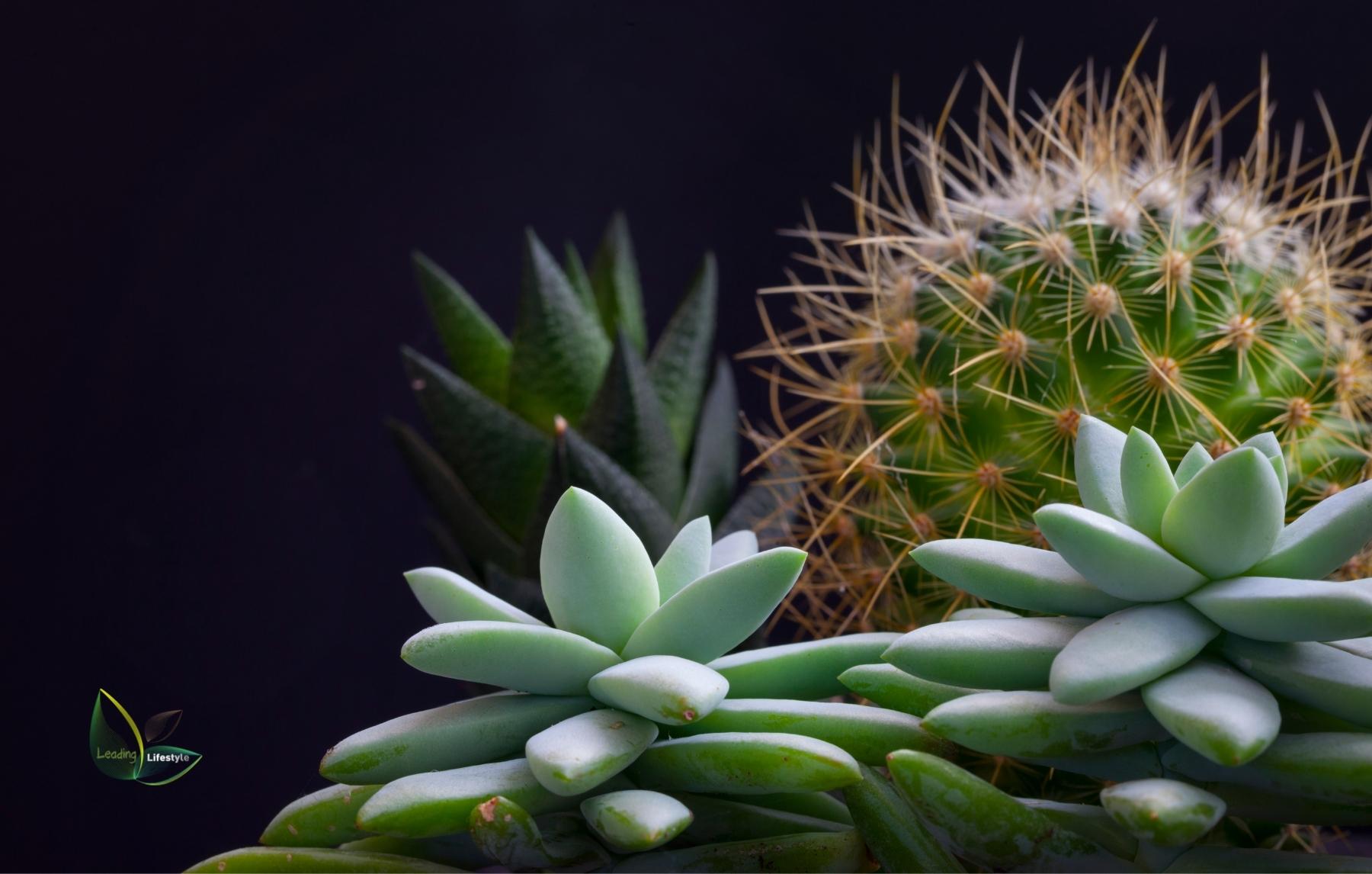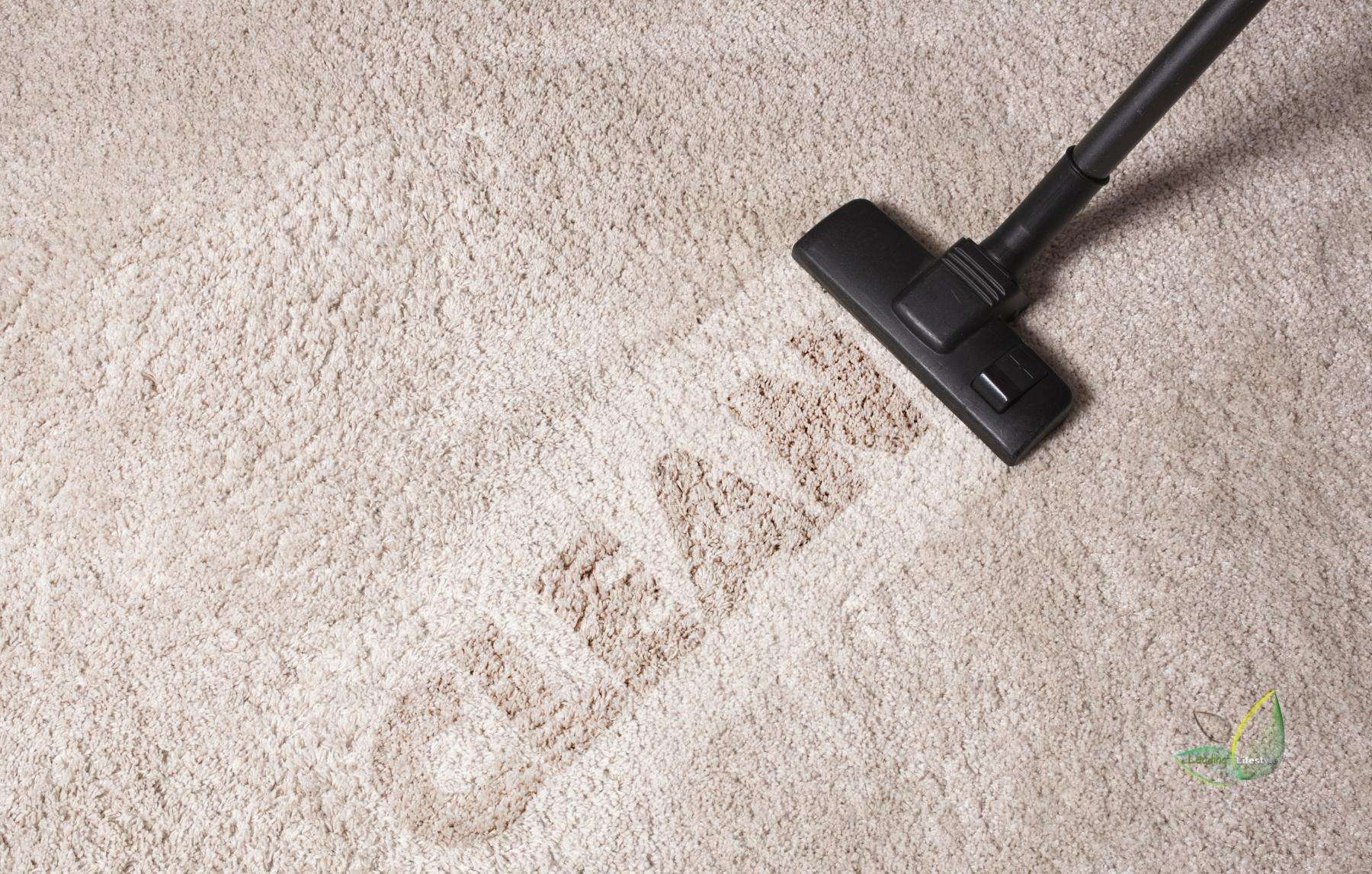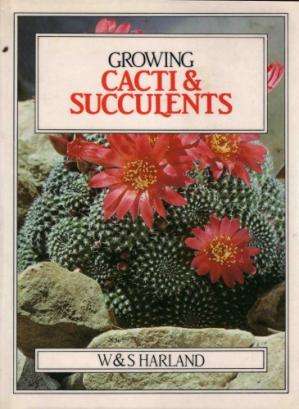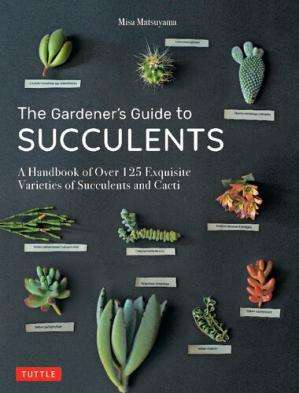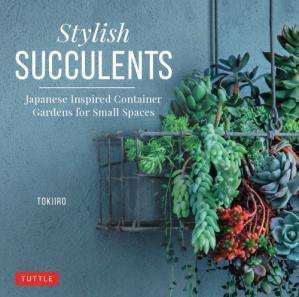Growing and Caring for Flapjack Succulents
Because of the paddle or clam-like shape of its leaves, which form in rosette clusters, the Flapjack Succulent (Kalanchoe luciae) is also known as a Paddle Plant.
It’s an eye-catching house plant that doesn’t require much care. This drought-resistant plant can also be grown outside in the right conditions. It is only suitable for warm climates, but it can thrive in states such as Florida.
Flapjacks grow quickly in large clusters and are ideal for xeriscape landscapes or rock gardens in drought-prone areas. When mature, these plants can produce yellow-hued flowers in the spring, and the wide, thick, fleshy leaves can take on a striking red tinge around the edges in the winter. Because of this, it is also known as the Red Pancake.
Flapjack Succulent or Paddle Plant is also a common name for the less common species Kalanchoe thyrsiflora. Luciae is much more widely available, but it is frequently misidentified as thyrsiflora. In terms of appearance and growing requirements, the two plant types are very similar. The mature plants’ long stem flowers in late winter are the easiest way to tell them apart.
The luciae typically produces white flowers with a yellow tint around their second year, whereas the heavily scented flowers of the thyrsiflora are a deeper yellow shade.
Thyrsiflora also has a white chalk-like film on its broader and shorter leaves.
| Botanical Name | Kalanchoe luciae |
| Common Name | Flapjack Succulent, Paddle Plant, Red Pancakes, Desert Cabbage |
| Plant Type | Evergreen succulent |
| Mature Size | Up to Two Feet |
| Sun Exposure | Full sun/partial sun |
| Soil Type | Loamy, sandy |
| Soil pH | Tolerates a variety |
| Bloom Time | Spring |
| Flower Color | White with a tinge of yellow |
| Hardiness Zones | 9a to 11b |
| Native Area | South Africa |
Get Flapjack Succulent (Kalanchoe luciae)
How to Grow Flapjack Succulent
Succulents are found in over 60 plant families, so you can imagine how many different types of succulents there are in the world. Succulents have become chic and fashionable plants to grow at home due to mainstream interior design trends.
Succulents are generally simple to care for, with little variation from plant to plant. However, To avoid making costly mistakes along the way, it is critical to follow a care guide tailored to the type of succulent you want to grow.
To ensure your succulent’s health and to keep it looking aesthetically pleasing, follow the ultimate flapjack succulent care guide below:
Light
Succulents need at least six hours of direct sunlight per day. Many people mistake putting succulents in an area of the house that looks nice but does not get enough sunlight.
If you keep your succulent in a sunny spot all winter, it will develop lovely red tips on its leaves. Keep your succulent out of direct sunlight during the hottest parts of the day if you want to grow it outside.
Soil
Plant your flapjack succulently in sandy, well-drained soil. If you bought your succulent from a garden center, don’t assume the soil it came in is the best type of soil for it.
Don’t be tempted to plant your succulents in pre-fertilized potting soil because the soil will be too dense for your succulents, and you risk planting your succulent in the wrong fertilizer for your plant. Make sure your succulent is planted in a pot with good drainage and in porous soil.
Water
They are native to South Africa and Namibia, so you can imagine how little water they require. Because these plants grow in deserts, they are drought-tolerant.
Because they require little care, drought-tolerant plants can be difficult to water properly. During the winter, your plant may go for weeks without needing to be watered, which is perfectly fine!
Before watering your plant, always check the soil; if the soil is arid, your plant needs to be watered. If the soil is wet or damp, resist the urge to water your succulent, as this could drown it and cause its roots to rot.
Temperature and Humidity
Flapjack succulents do not tolerate cold temperatures. To be safe, keep them as house plants, though if you live in a warm climate like Florida and are confident in your ability to care for them, you could try growing them in the garden.
Succulents have evolved to be able to survive in deserts and extreme heat with little to no watering. As a result, even if they get enough sunlight and are in perfect sandy soil, they will struggle to survive in a humid environment.
If you want to grow your flapjack succulent outside, keep it in a pot so you can bring it inside for the winter. You will have more control over its growing environment this way.
Fertilizer
You do not have to fertilize your succulent, but it will grow faster if you do. Flapjack succulents only need fertilizing during their growing season, which lasts from spring to summer.
If you choose to fertilize your succulent, dilute it and apply it to the soil only once every few months. That means you’ll only need to fertilize your plant once or twice a year.
Top Tip: When it comes to fashion, less is more. Overfertilizing your succulent can cause powdery mildew to grow and even kill it.
Flapjack Succulent Plant and Pets
Most succulent plants are non-toxic to cats and dogs; however, some are toxic and can cause skin irritation or nausea if consumed. Unfortunately, flapjack succulents are toxic to pets and classified as mild to moderately toxic, particularly cats.
Common pet side effects include diarrhea, vomiting, heart palpitations, and an abnormal heart rate. Keep this plant out of reach of your pets to prevent them from becoming ill from accidental ingestion.
Propagating Flapjack Succulents
Kalanchoe thyrsiflora propagation can be accomplished in three ways: stem cuttings, leaf cuttings, and offsets. Even though different parts are used, the procedures for each aren’t all that different, except stem cuttings. In contrast to leaves, cuttings, and offsets, which must be placed on the mix, these must be inserted into the soil.
Follow the steps below in propagating your plant:
- To obtain your desired parts – stem, leaves, or offset – use a sharp, sterilized knife (or a pair of scissors).
- Allow the cut area to harden. This can take 2-4 weeks and serves to prevent rotting and infections.
- Insert a stem cutting into a well-draining mix. For the other two, simply adding them to the mix will suffice.
- Keep your succulent in a well-lit area away from direct sunlight. Also, keep the mixture moist – a spray bottle will come in handy for this.
- When stem cuttings have rooted, please leave them in the mix and begin the regular care routine once leaves have formed.
- Once the roots have formed on the leaves and offsets, the next step will be to plant them. You may need to wait a while before implementing the above-mentioned caring guidelines in full force.
Top Flapjack Succulent Growing Tips:
Here are some more flapjack succulent tips and tricks to help you with your succulent growing journey.
Succulent Rotation
Rotating your succulent ensures that it gets enough sunlight from all sides. If your succulent is large, the light from the window may not reach all parts of it, and you will need to provide equal amounts of sunlight to each side to keep it from wilting and discoloring.
Less is more in this case
This is true for everything related to growing flapjack succulents, especially using less fertilizer and water.
Directly water the soil
Watering the soil directly rather than the entire plant will help to keep pests and diseases at bay. When many parts of the plant are infected, water droplets can spread diseases from one part to another, making treatment extremely difficult.
Remove any diseased leaves or stems to prevent them from spreading to other healthy parts of the plant. Because diseases spread quickly, you must act quickly.
Embrace the Flow
When it comes to caring for succulents, the schedule is not appropriate. Follow the flow and do things as they become necessary. Check your plant every morning to see if it needs to be watered, and that’s it!
Frequently dust them
Plants can also collect dust! Use a small makeup brush or a small duster to dust them. Wiping them down with a cloth may cause them to become damaged.
Drainage, Drainage, and More Drainage!
As long as your plant is in a well-drained pot, you’re already on your way to succulent success! If your favorite pot lacks adequate drainage holes, don’t be afraid to drill new ones.
De-Bug
Get rid of any bugs or pests on your plant. Succulents are very pest-resistant, but you do have a role to play in this as well.
Do you have any remaining questions about flapjack succulents? If that’s the case, this section might be able to help. Take a look at the frequently asked questions and answers listed below.
Flapjack Succulent Frequently Asked Questions:
What is the best way to care for flapjack succulents?
The best way to care for your flapjack succulent is to follow the care guide above.
How frequently should a flapjack plant be watered?
Watering will vary depending on the season. In the summer, you will most likely need to water your plant more frequently, whereas, in the winter, your plant may go weeks without needing water. Other than watering flapjack succulents when the soil is arid, there are no strict rules or schedules to follow when watering them.
Is it safe to eat flapjack succulents?
Pets are moderately toxic to flapjack succulents. The plant's flowers are the most poisonous part, and they can make your pet very sick.
Is it okay if I touch my succulent?
No, it would help if you did not touch your succulent. Scratches and fingerprints are permanent because the succulent cannot reproduce the powdery top layer of its leaves. For maintenance, use a small soft brush to dust your succulents lightly.
Will my flapjack succulents die after they flower?
If exposed to enough light during the winter, flapjack succulents will produce beautiful flowers. These flowers will bloom between late winter and early spring. Your flapjack succulent will die after it blooms.
Can I only plant my flapjack succulently in rock?
No, you will not be able to. Flapjack succulents require good drainage, but rocks cannot replace soil. To improve the appearance of the plant, you can place rocks on top of sandy soil.

